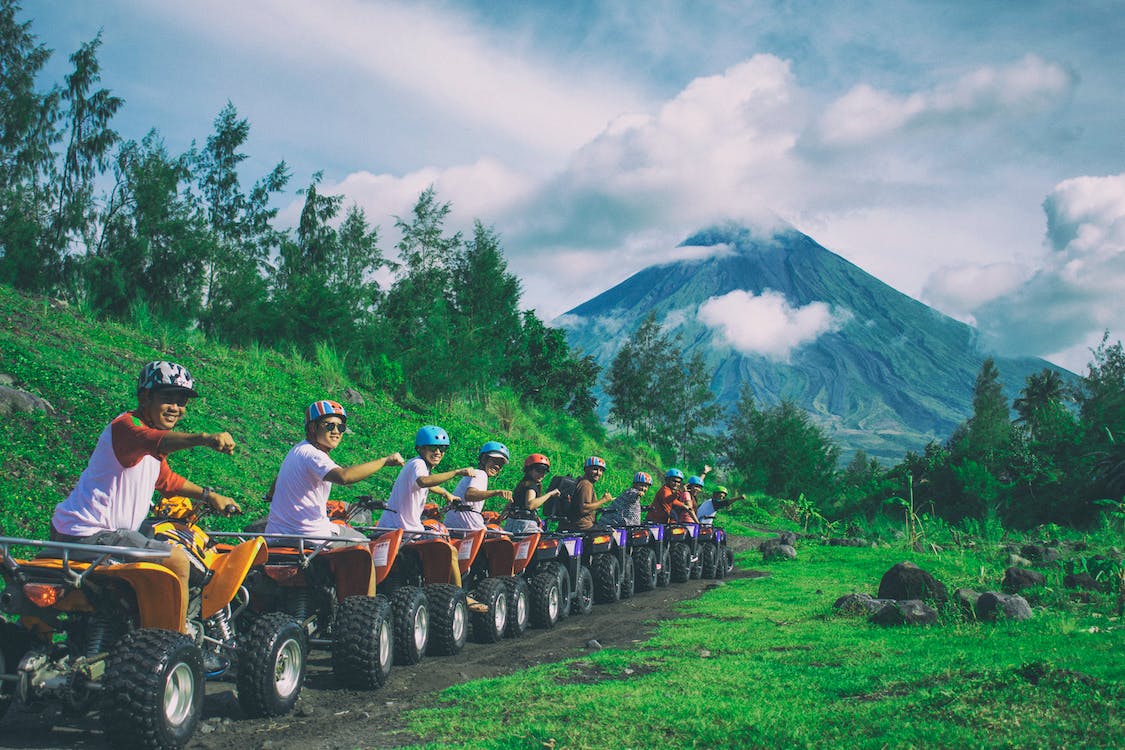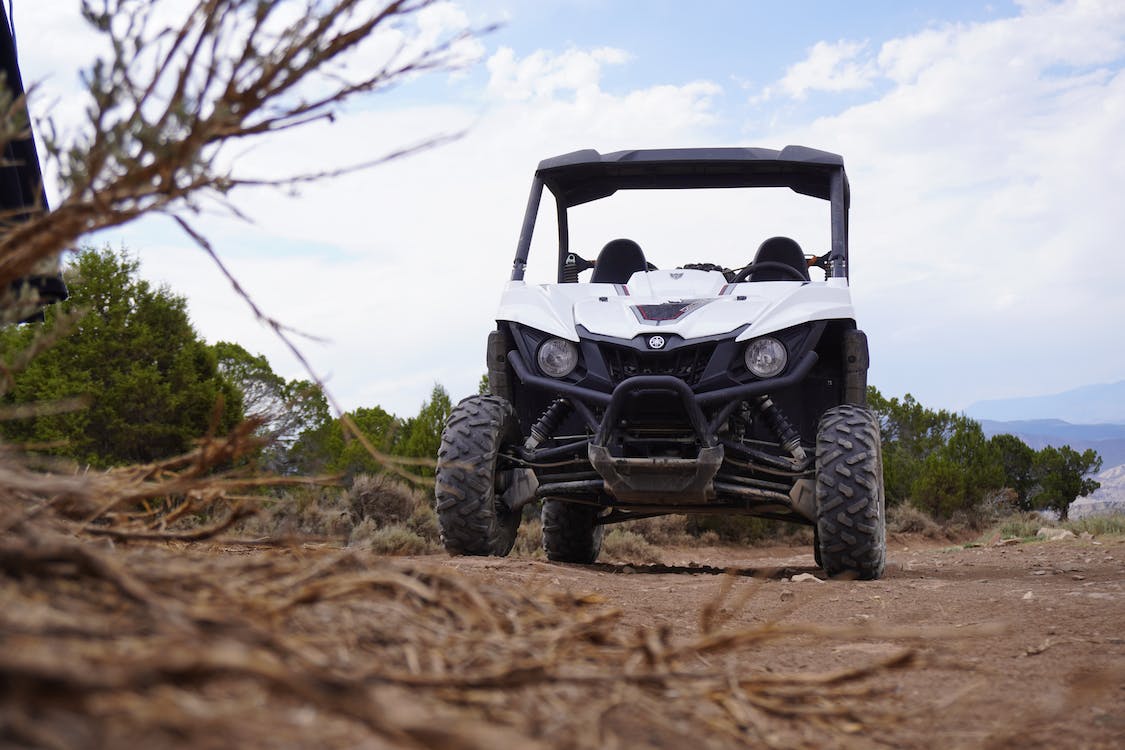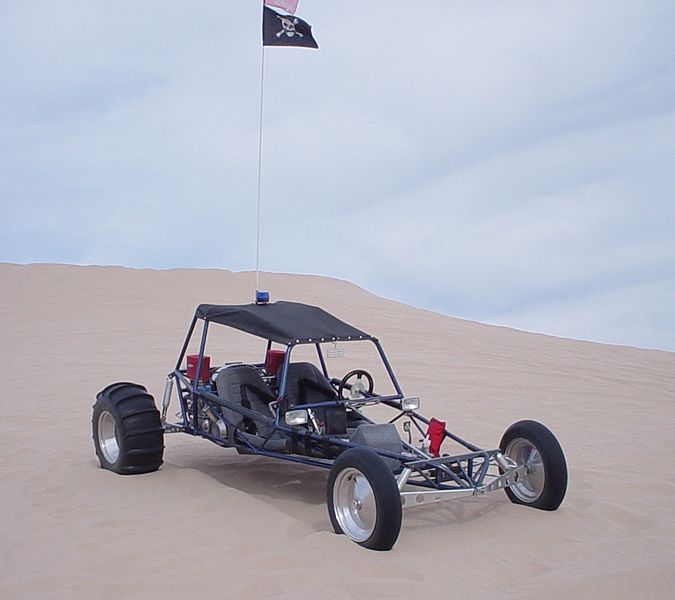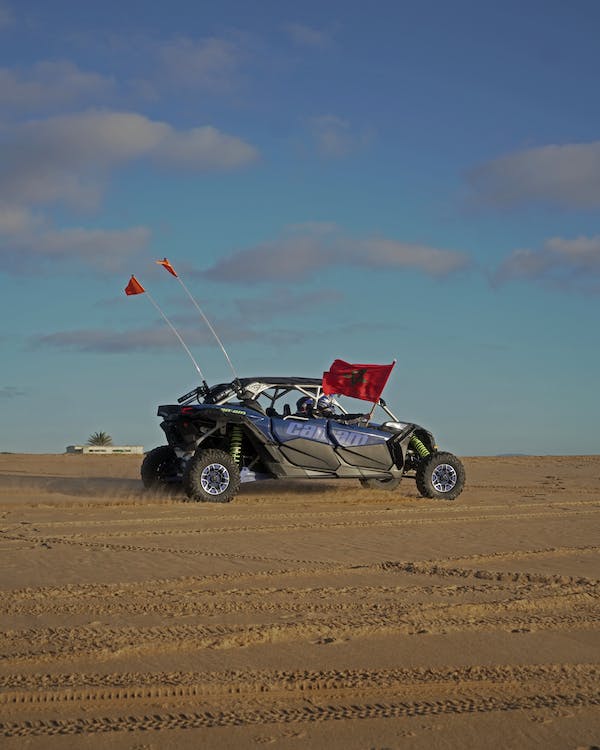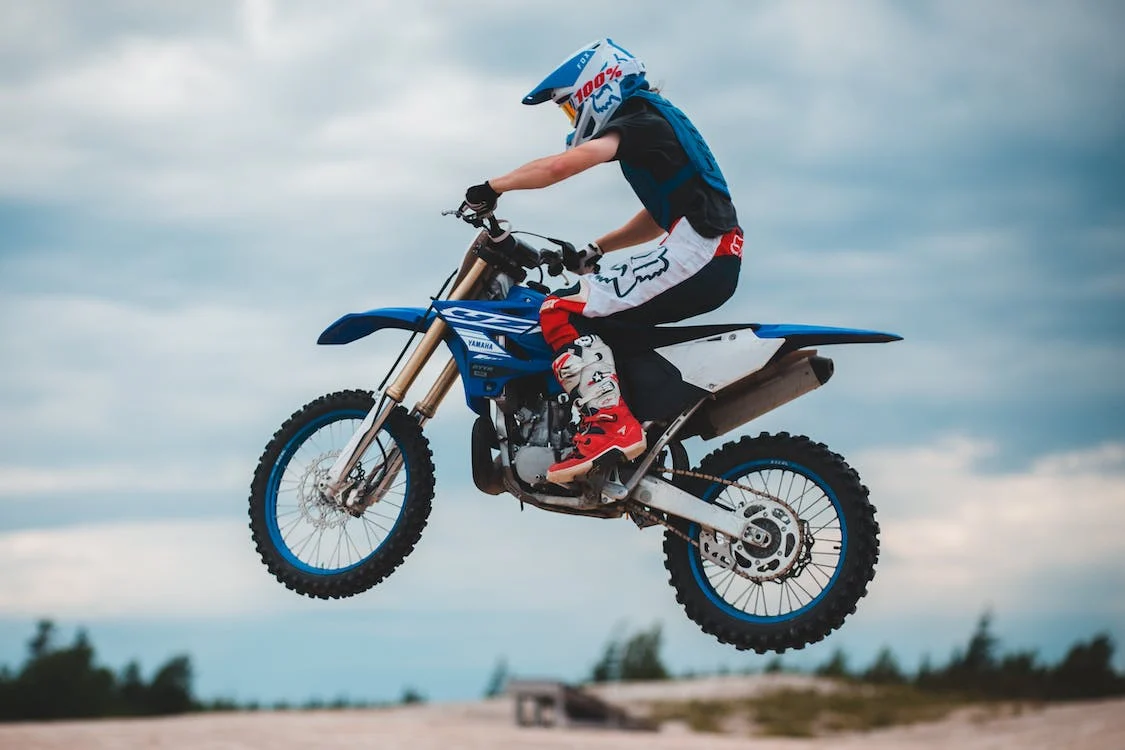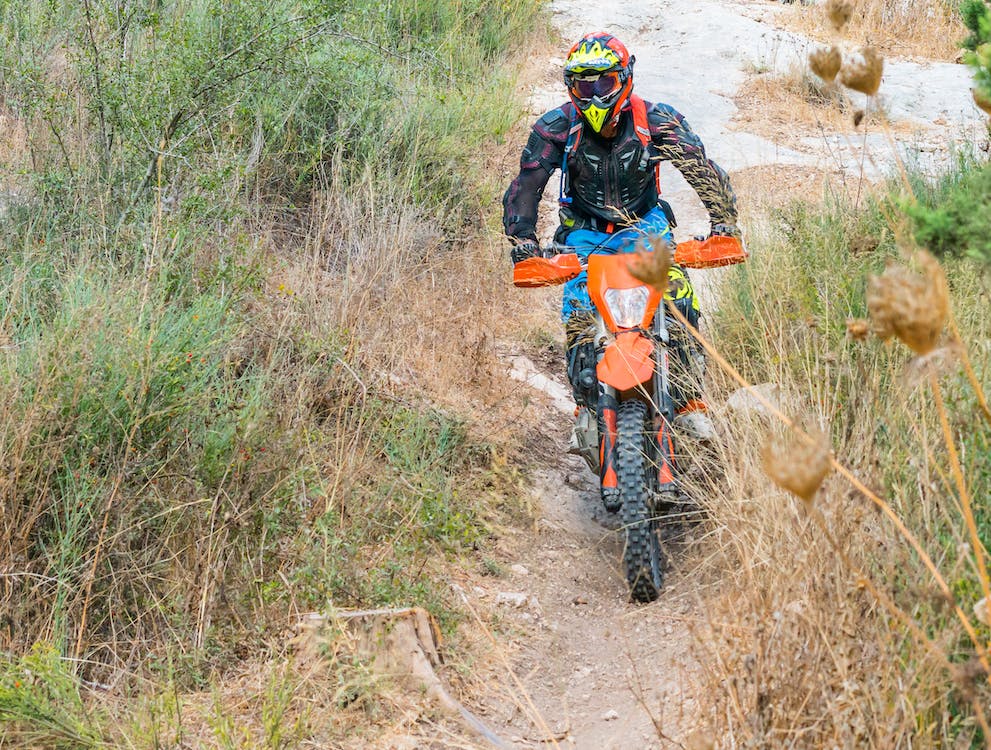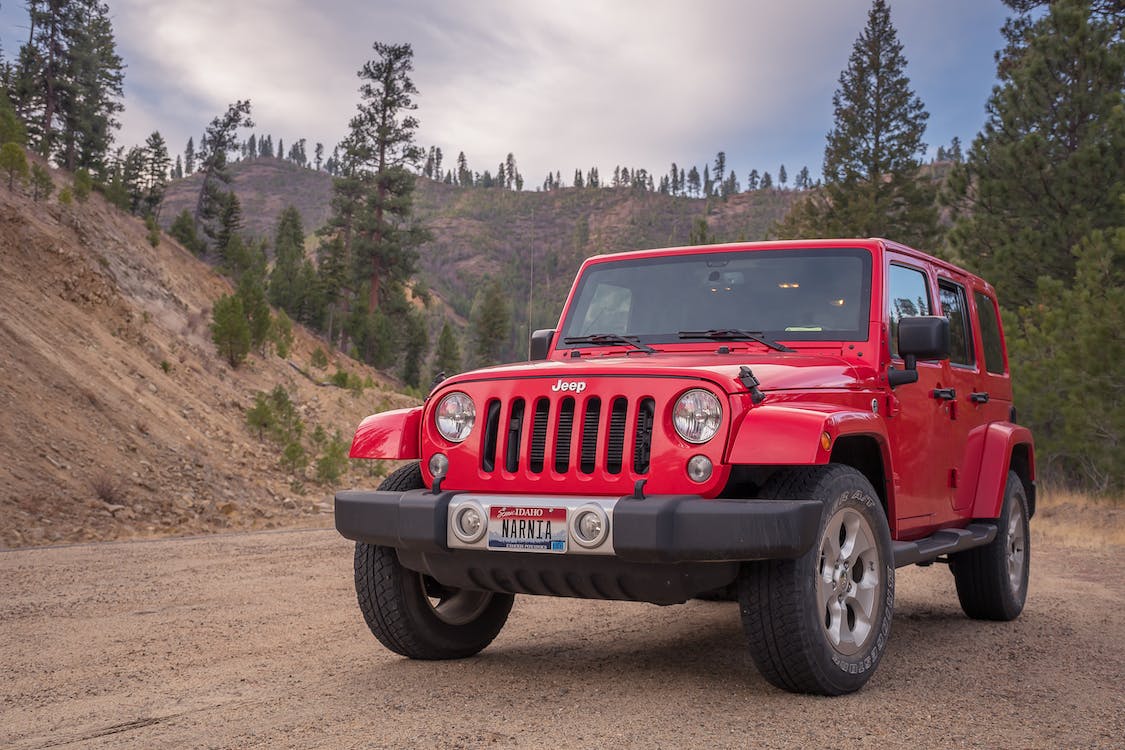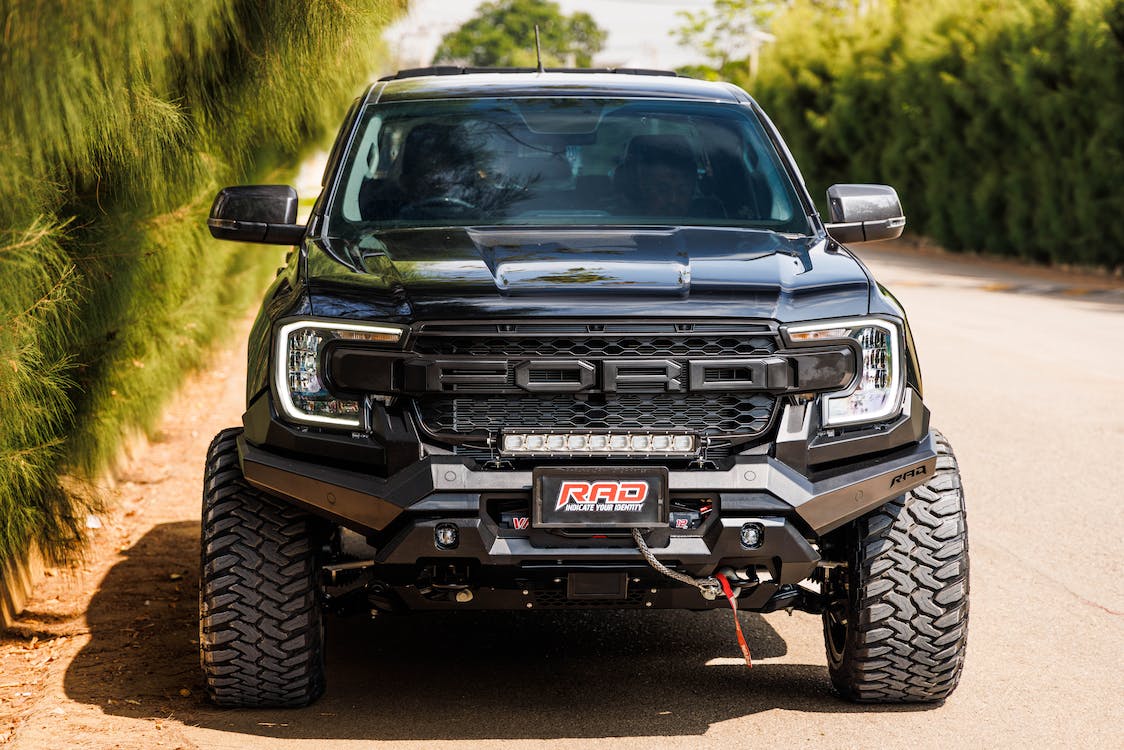Specialized vehicles made to navigate difficult terrain are needed for off-roading. They can go over treacherous terrain like sand, mud, and snow since they are outfitted with characteristics like long-travel suspension and all-terrain tires. This article will examine the many off-road vehicle varieties and their distinctive features.
What is an Off-Road Vehicle?
An off-road vehicle is any motorized vehicle designed or built to be driven (or ridden) through unpaved surfaces. These include negotiating terrain of natural characteristics and difficulties that start where the pavement ends, such as sand, gravel, mud, boulders, streams, swamplands, and snow. Common vehicle categories include 4x4s, ATVs, side-by-sides (SxS), dirt motorcycles, and snowmobiles. Amphibious vehicles, snow bikes, and all-terrain e-bikes are some more unusual varieties.
Long-travel suspension, increased ground clearance, tough all-terrain tires, underbody protection, a torquey engine, and an air intake snorkel kit are some elements that make four-wheeled vehicles suitable for off-road driving. Four-wheeled off-road vehicles let you transport the tools you will need to fix your car in the wilderness, such as a winch, jack, and tire repair kit, as well as the survival and rescue supplies you will need to be independent on the path.
The same is true for two-wheeled off-road vehicles like dirt motorcycles, which have long-travel suspension and knobby tires that make it simple to travel both singletrack and challenging two-track highways. Despite being smaller and more maneuverable than their heavier and four-wheeled siblings, they offer less packable room for survival, rescue, and maintenance needs. Instead, you are forced to keep these goods on your person or in little baggage that is affixed to your vehicle.
Remember that some off-road vehicles, including many dirt bikes and ATV types, are not required by law to have license plates, and are thus not permitted on public roads. As a result, these vehicles need to be transported by a trailer, pick-up, van, or other means of transportation to the riding area or trailhead.
Different Types of Off-Road Vehicles
ATV
ATVs, or all-terrain vehicles, go by many different names depending on where they are used. It is referred to as a four-wheeler in Australia and a quad or quadbike in Africa. In the USA, these off-road vehicles are referred to as ATVs or LUVs (Light Utility Vehicles).
These off-road vehicles evolved from motorbikes and have many of the same features. Everything about these cars, from the handlebar steering to the many engine types, seating arrangements, and drive chains, is very similar to motorcycle technology. The primary distinction is the four-wheel design as compared to the two-wheel design.
Compared to a motorbike, the ATV is more stable and versatile for off-road use because of its four wheels. ATVs may even pull small trailers to transport grain, animals, and equipment around the farm when utilized in agricultural applications where there are no or few roadways.
ATVs are becoming increasingly popular as recreational off-road vehicles for tackling challenging routes and wilderness driving. With competitions held on tracks, dirt arenas, and off-road trails, ATV racing, sometimes known as quad racing, has gained popularity and financial success in the motorsports world. ATVs used in racing have modified chassis, suspensions, and supped-up engines to improve handling and speed.
The ATV is regarded as a street-legal vehicle in certain nations, although it is only permitted for off-road usage in the majority of the United States, Canada, and Australia. ATVs have also been utilized in the military as quick vehicles to place strike units in difficult terrain where heavier vehicles cannot go.
The safety of these vehicles has recently been under scrutiny due to serious injuries sustained in ATV accidents. Flips and rollovers, where the ATV lands on top of the rider, are the most frequent accidents. By adopting the proper safety equipment and riding practices, many of these injuries can be reduced.
UTV
Utility Task Vehicles, often known as UTVs, are somewhat bigger and have a different seating configuration than ATVs. Instead of sitting astride the vehicle, passengers in a UTV are seated side by side on a bench seat. These cars are known as SSVs, or Side-By-Side Vehicles, because of their seating configuration.
UTVs have a capacity range of 2 to 6 passengers, depending on the vehicle’s layout. In the agricultural and hunting environment, two-seater UTVs with a load bin in the back are frequently employed as off-road vehicles to access difficult-to-reach areas of the farm or hunting grounds. UTVs have similar safety issues as ATVs, which has led to several manufacturers installing rollover protection for the occupants of the vehicle.
SandRail
Sand-specific off-road recreational vehicles are known as Sandrails. These automobiles are only to be used off-road and are not street-legal. Sandrails are named from the tubular steel rails that form the framework of the vehicle and are made for off-road driving in sandy terrain.
Most of the time, the steel rail framework is left exposed and has little to no cladding. This exposes the drivers to the elements, necessitating the use of protective gear such as goggles and other eyewear to keep sand off their faces. To make it possible to climb and descend steep sandbanks without the risk of rollovers, Sandrails are often specially designed with a low center of gravity.
Wide tires are used on these off-road vehicles to allow for navigating soft sand. The vehicles frequently have strong motors to move over soft sand and offer the necessary speed for thrill-seekers.
Dune Buggy
The surf community invented dune buggies or beach buggies as vehicles that could travel off-road on the beach to reach surfing locations along the coast. Since they were constructed on street-legal vehicle chassis and meet all regulations for permissible road usage, many of these off-road vehicles are also street-legal.
Rear-mounted engines, often VW Beetle engines, and thick tires to enable navigating sandy sand are characteristics of these cars. Surfboards may be carried on the rollbars of a Dune Buggy easily because they often lack a roof. Dune Buggies are also used for desert dune recreational driving and have been converted for military use in desert war arenas. They resemble Sandrails but are constructed using an existing road-car chassis rather than steel rails from the ground up.
Enduro Bike
Off-road motorcycles known as enduro motorcycles are designed to compete in long-distance off-road rallies or enduro races. Similar to motocross motorcycles, these enduro bikes contain characteristics that are specially designed for the long distances for which they are meant.
Large fuel tanks, stronger, longer-lasting frames, wheels, and forks, long-travel suspensions, and engines built and tuned for dependability and durability are a few of these attributes.
Engines on enduro bikes typically range in size from 125cc to 650cc. Enduro bike riders frequently ride in muddy situations like smaller, lighter engines, whereas riders who frequently ride in sandy conditions favor the weight and power of larger engines.
Since enduro motorcycles frequently contain headlights and other technologies that make it easier to ride through terrain in the dark, many of them are built to be street-legal. If an enduro bike does not already meet this requirement, adding these qualities makes it straightforward to make it so.
Motocross Bike
Motocross motorcycles are made for a particular kind of off-road racing and leisure riding. Off-road courses created exclusively for motocross racing are often used for events. The location is often enclosed, and the small tracks have many jumps, ruts, corrugations, and mud spots to test the riders’ skills.
In general, motocross bikes weigh less than enduro bikes and have suspensions built to withstand loads from landing after big jumps and rutted tracks. Since the races are often brief, motorcycles can have smaller fuel tanks and engines that are geared for quick sprints rather than long rides. Since motocross motorcycles are not utilized for night racing, they aren’t normally built to be street-legal. Typically, motocross bikes have very few electrical or electronic components. Over the short, rapid races, the bikes would slow down due to the weight of the battery and components. Because of this, motocross bikes are often exclusively used off-road.
Trail Bike
Trail bikes are technical trail riding bikes for off-road cross-country trails rather than the high pace of a short, fast motocross race on a track.
The bike is made for trail riding, which resembles trekking on a motorbike. A trail bike has characteristics including a bigger fuel tank than a motocross bike to enable riding over longer distances and softer suspension for comfort. Since they must be agile on narrow trails with sharp twists, trail bikes are often smaller than enduro bikes and have smaller engines.
Compared to a motocross bike, a trail bike’s throttle is less sensitive, and the gearing is made to need less shifting while riding on the trail. The majority of trail bikes come with headlights and other electronics, such as electric starters, because there is a chance that a ride may continue into the dusk hours. The added weight of the electrics is not a significant performance expense since trail riding is less about speed.
Mountain Bike
The mountain bike, often known as an MTB, is a vehicle that many people would not instantly classify as an off-road vehicle. However, this bicycle offers characteristics that can withstand exceptionally rugged terrain and is built for off-road performance.
The enduro bike of the cycling world is the mountain bike. The frame is more durable and made to endure the beating an off-road route can dish out. Mountain bikes frequently include front and rear suspension, which helps the rider manage the bike across uneven terrain with less jarring.
These bicycles often have wider, knobbier tires than regular bicycle tires, which give better traction in muddy and sandy environments and more puncture resistance. Better braking systems are also included on mountain bikes to provide riders with more control during fast bends and descents.
Jeep
The name “jeep” stems from the military history of these vehicles. The initials “GP,” which stands for General Purpose Vehicles, were used to create the name of the company. In military circumstances, this type of vehicle was known by this name, and when it gained popularity in the civilian world, the term persisted.
Jeep is presently owned by the American Chrysler automobile firm and has become a commercial brand linked with cars that can travel off-road. The Jeep Wrangler, which closely resembles its military cousin, the Willys Jeep, is the most recognizable type for civilian use. The first Jeeps used by the military had a 1/4-ton weight capacity, and 4-wheel drive, and were known for being tough and versatile.
The 1986-released Jeep Wrangler soon established a reputation as a capable off-road vehicle and became synonymous with off-road driving. Over the years, the Jeep Wrangler’s appearance and function have evolved from 2-door soft-top models to 4-door vehicles that are equally at home on busy city streets as they are on rugged off-road trails.
4×4 Truck
There are many vehicles included under the umbrella category of 4×4 trucks. The farming community was the target audience when trucks were first established as a component of the agricultural industry. Because the roads in rural areas are harsh and challenging for other types of vehicles to go on, the trucks were made to be tough, sturdy, and equipped with 4×4 gearing.
In addition to having 4-wheel drive, several of these 4×4 trucks also featured huge engines for loading heavy agricultural loads. Large engines also made it possible to haul trailers and farming machinery in challenging driving situations. Other than the farming community, these vehicles were well-liked because of their imposing strength and endurance.
Off-road hobbyists were drawn to these vehicles’ ruggedness, which led to their rapid rise in popularity for this use. To meet the same market sector requirement, several similar vehicles were created globally and came to be identified with rural communities.
Land Rover
For many years, the British-built Land Rover has served as the go-to expedition vehicle for traveling to distant, far-flung locations where there are few roads. The Land Rover was a tough vehicle that many European colonies employed to tame the African wilderness, and it became a particularly recognizable off-road vehicle throughout Africa.
Since the Land Rover’s engine was created for European circumstances, there were certain issues when it was deployed in Africa. The ordinary Land Rover engine experienced several overheating problems as a result of the dust and heat of the African continent, which rapidly revealed the engine’s faults.
Many Land Rover owners in Africa switched out the stock engines with Chevy or Ford ones because they could handle the continent’s tough conditions better. Despite the engine modifications, the Land Rover continues to be one of the most dependable and durable off-road cars for overcoming driving difficulties in Africa.
Summing up!
Off-roading typically calls for a vehicle constructed specifically to withstand the demands of the rugged terrain and provide the user with a more pleasant ride with superior control. There is an off-road vehicle made with your unique needs in mind, whether you are off-roading for fun or business.

